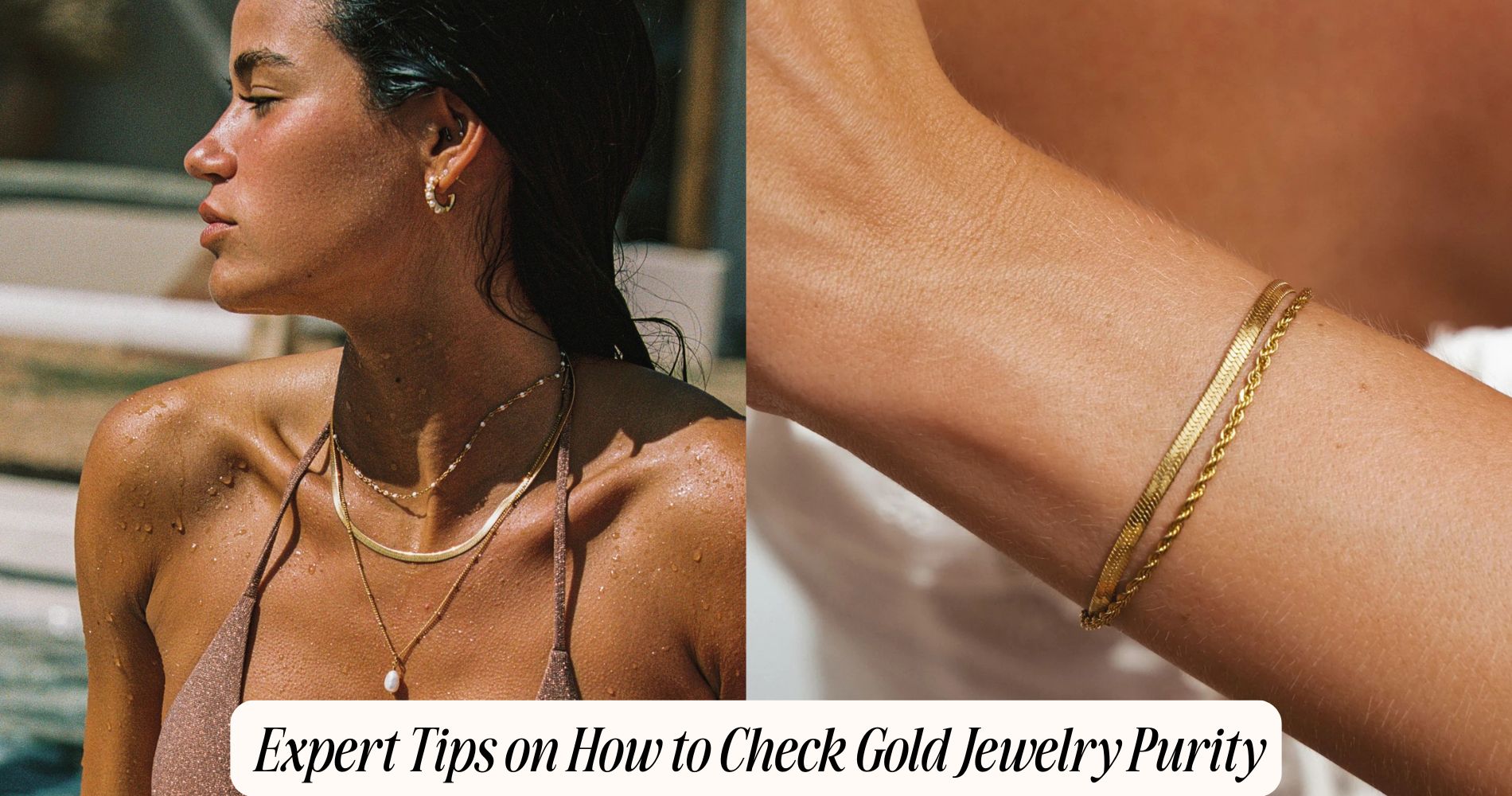
Expert Tips on How to Check Gold Jewelry Purity
Wondering how to check gold jewelry purity? Start by looking for clear hallmarks like “18K” or “750,” which indicate genuine gold content. A quick magnet test can help too—real gold isn't magnetic. For more accuracy, consider an acid test or use a 10x loupe to examine stamps and color consistency. Additional methods like weighing, measuring, and ceramic plate testing can give you even more confidence. For the most reliable results, consult a jeweler or use an electronic tester. If you’re ready to put your knowledge to use, browse our inexpensive gold jewelry collection for stylish pieces you can trust.
Understanding Gold Purity and Karat Marks
When evaluating gold jewelry, you’ll encounter terms like “purity” and “karat,” which directly indicate the amount of pure gold present in an alloy. Gold itself is soft, so manufacturers blend it with other metals—creating a gold alloy—to enhance durability.
Purity standards are expressed in karats, with 24K representing pure gold. Lower karat numbers, such as 18K or 14K, reflect gold alloys containing proportionally less gold and more base metals like copper or silver.
You should know that each karat value corresponds to a specific percentage of gold content; for example, 18K gold contains 75% pure gold. Understanding these standards helps you assess the quality and value of jewelry pieces, ensuring you make informed decisions when selecting or appraising gold items.
Inspecting Hallmarks and Stamps
Although gold jewelry often dazzles with its appearance, its true value lies in precise markings known as hallmarks or stamps. When you inspect a piece, look closely for these indicators—typically found on clasps, inner bands, or discrete surfaces.
Authentic hallmarks specify gold content (e.g., 18K, 750) and may include a manufacturer’s logo or assay office mark. Analyze the marking styles: genuine marks are sharply defined and consistently placed, whereas blurred, uneven, or misaligned stamps can signal counterfeit signs.
Use a magnifying glass to verify clarity and sharpness. Familiarize yourself with standard hallmark locations and formats for your region.
If you notice inconsistencies in font, misspellings, or poorly executed symbols, question the jewelry’s authenticity and consult a reputable appraiser for confirmation.
Using the Magnet Test
Because gold is a non-magnetic metal, the magnet test offers a straightforward, preliminary method to assess your jewelry’s authenticity. To conduct this test, hold a strong magnet near your gold item. If you notice any magnet attraction, it indicates the presence of magnetic metals in the jewelry’s metal composition, such as iron, nickel, or cobalt—metals that are sometimes used in counterfeit or low-quality pieces.
Genuine gold, regardless of its karat rating, shouldn't be attracted to a magnet. However, while the magnet test can quickly flag suspicious items, it doesn't confirm gold purity or detect non-magnetic alloys mixed with gold. Use this test as an initial screening tool before proceeding to more advanced methods of analysis for accurate results.
Conducting the Acid Test
If you need a more definitive method for evaluating gold purity, the acid test provides a reliable and widely used approach. To conduct this test, you'll need an acid testing kit, which typically includes several solutions calibrated for different gold karats.
Begin by rubbing a discreet area of the jewelry onto a testing stone to leave a visible streak. Apply a drop of the appropriate acid solution to the streak. Observe the reaction closely—if the streak dissolves, the gold content is lower than the solution’s karat. If it remains unchanged, the gold purity matches or exceeds the solution’s rating.
Always wear gloves and work in a well-ventilated area, as the acids used are corrosive and require careful handling for safety and accuracy.
Evaluating Gold With a Loupe or Magnifier
When you examine gold jewelry with a loupe or magnifier, you gain the ability to inspect fine details that are invisible to the naked eye. A magnification of 10x is standard in the industry, allowing you to scrutinize hallmarks for authenticity and consistency.
You should look for clear, precise stamps indicating karat purity, as well as signs of wear or discoloration that may indicate plating or mixed metals. Additionally, closely examine diamond clarity and gemstone color, as impurities or cloudiness in adjacent stones can signal poor craftsmanship or synthetic materials.
Pay attention to solder joints and surface texture—real gold exhibits a uniform, smooth finish. By analyzing these microscopic features, you markedly reduce the risk of misidentifying gold purity and overall jewelry quality.
Weighing and Measuring Dimensions
Although visual inspection provides valuable clues, quantifying gold jewelry’s weight and physical dimensions offers an objective method for evaluating purity. Start by using a precision scale to record the item’s weight in grams.
Next, employ calipers to measure length, width, and thickness, ensuring maximum dimensional accuracy. With these values, you can calculate the jewelry’s volume.
Apply the density measurement formula: density = mass/volume. Pure gold has a density of approximately 19.32 g/cm³.
If your calculated density markedly deviates from this value, the piece likely contains alloys or impurities. This analytical approach allows you to detect discrepancies that aren’t visible to the naked eye.
The Ceramic Plate Test
After confirming weight and dimensions, you can employ the ceramic plate test as a quick, non-destructive method to assess gold authenticity.
Select an unglazed ceramic plate, as its surface provides the necessary friction and heat resistance for this procedure. Gently drag your gold jewelry across the ceramic plate, applying consistent, light pressure.
Authentic gold will leave a distinct gold streak due to its softness and resistance to tarnish, while imitation metals often produce black or grey marks as a result of their different compositions and lower heat resistance.
It's essential to use an unglazed ceramic plate, since glazed surfaces may not yield accurate results.
While this method doesn’t determine precise purity, it reliably distinguishes solid gold from common fakes, aiding your initial assessment before advanced testing.
Consulting a Professional Jeweler
If you seek definitive results regarding your gold jewelry’s purity, consult a professional jeweler equipped with advanced testing tools and extensive expertise. A jeweler can perform precise assays, such as X-ray fluorescence (XRF) or acid testing, to determine exact karat value and alloy composition.
Their technical analysis accounts for factors that at-home tests may overlook, such as intricate jewelry design considerations that can affect accessible surface area and accurate readings. By obtaining certified purity verification, you gain essential data that informs appropriate pricing strategies—whether you’re buying, selling, or insuring your gold piece.
Professional jewelers also understand how manufacturing methods and design intricacies influence gold content, ensuring reliable assessments. Relying on their skill helps you avoid misjudgments that could impact your financial decisions regarding gold jewelry.
Utilizing Electronic Gold Testers
While at-home test kits offer basic insights, electronic gold testers deliver a more accurate and efficient method for evaluating gold purity. You'll use a device that applies a small electrical current to the jewelry, measuring its resistance to determine karat value.
For ideal results, ensure digital calibration is performed regularly; this process aligns the tester’s readings with standardized references, minimizing error. Always check for proper battery replacement, since low power can cause inaccurate readings or device malfunction.
Clean both the jewelry and tester probes before each use to avoid contamination. Electronic testers are especially useful for distinguishing between gold-plated and solid gold items.
Frequently Asked Questions
How Can I Safely Store My Gold Jewelry to Maintain Its Purity?
To guarantee storage safety and effective preservation methods, you should keep gold jewelry in a soft-lined, airtight container, away from humidity and chemicals. Use anti-tarnish strips, separate compartments, and avoid direct sunlight to maintain its purity.
What Are Common Ways Gold Jewelry Gets Damaged or Loses Value?
You risk gold corrosion if your jewelry contacts chemicals or moisture. Jewelry scratches occur from abrasive surfaces or improper storage. Both issues compromise surface integrity, diminish luster, and reduce your gold jewelry’s overall value through physical and chemical deterioration.
Are There Home Remedies to Clean Gold Without Affecting Its Purity?
You can use DIY cleaning with natural remedies like a mild dish soap solution and a soft brush. These methods won't compromise gold's purity, as they avoid harsh chemicals and abrasive materials, preserving your jewelry's original composition.
How Does Gold Purity Affect Resale or Pawn Value?
Gold purity directly impacts your jewelry’s resale value and pawn value. Higher karat gold contains more pure gold, so you’ll receive a higher price. Lower purity pieces fetch less due to increased alloy content and reduced intrinsic value.
Can Gold-Plated Jewelry Cause Skin Allergies or Reactions?
You can experience allergy triggers or skin sensitivity from gold-plated jewelry, especially if the base metal contains nickel or copper. When the gold layer wears off, direct contact with these metals may provoke dermatological reactions or irritation.
Conclusion
By applying these methods—inspecting hallmarks, performing magnet and acid tests, evaluating with a loupe, and weighing your jewelry—you’ll accurately assess gold purity. Remember, no single test is foolproof; combining techniques improves reliability. For conclusive results, don’t hesitate to consult a professional jeweler or use an electronic gold tester. With a systematic approach and an analytical mindset, you’ll confidently determine your gold jewelry’s authenticity and karat value, safeguarding your investment and ensuring informed decisions.








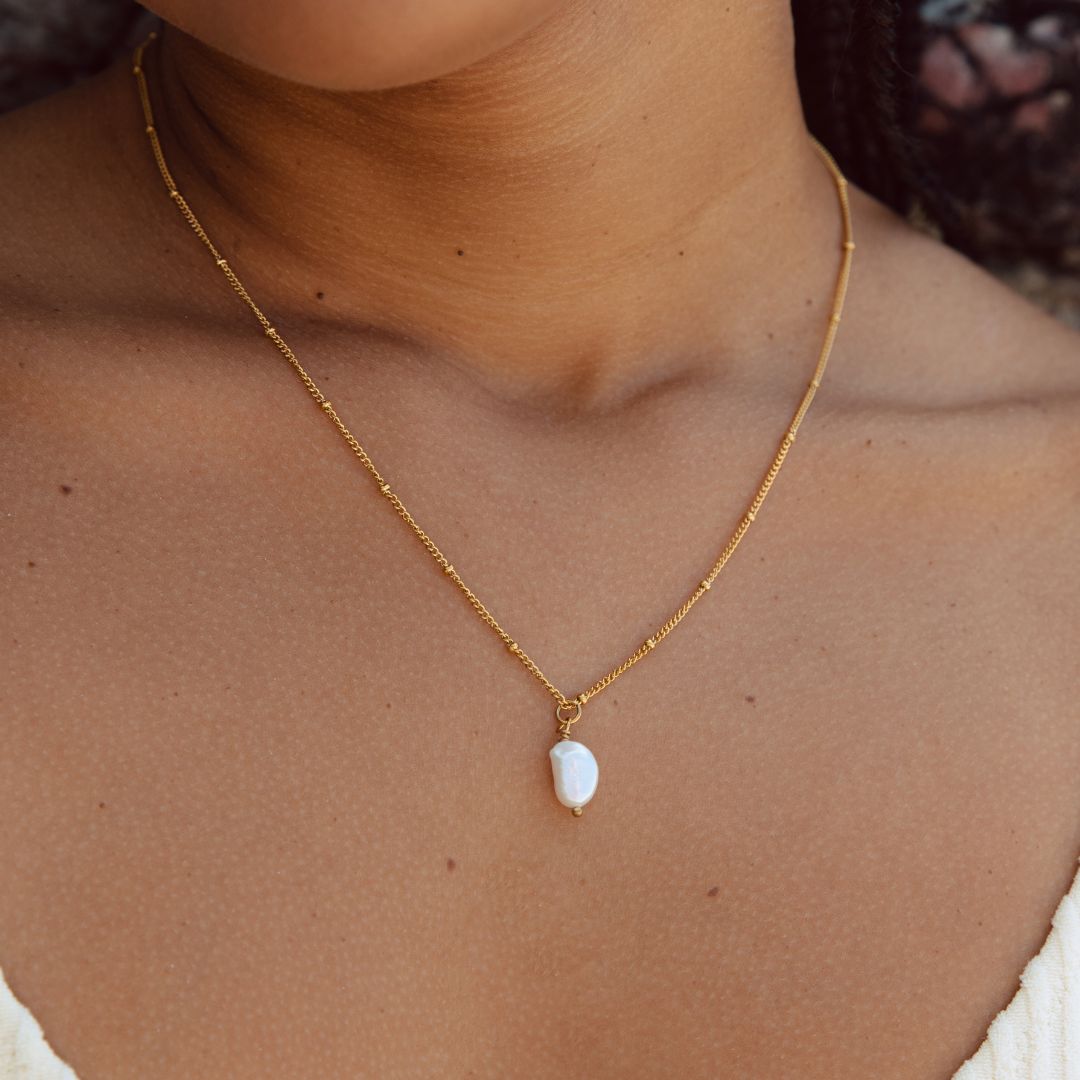

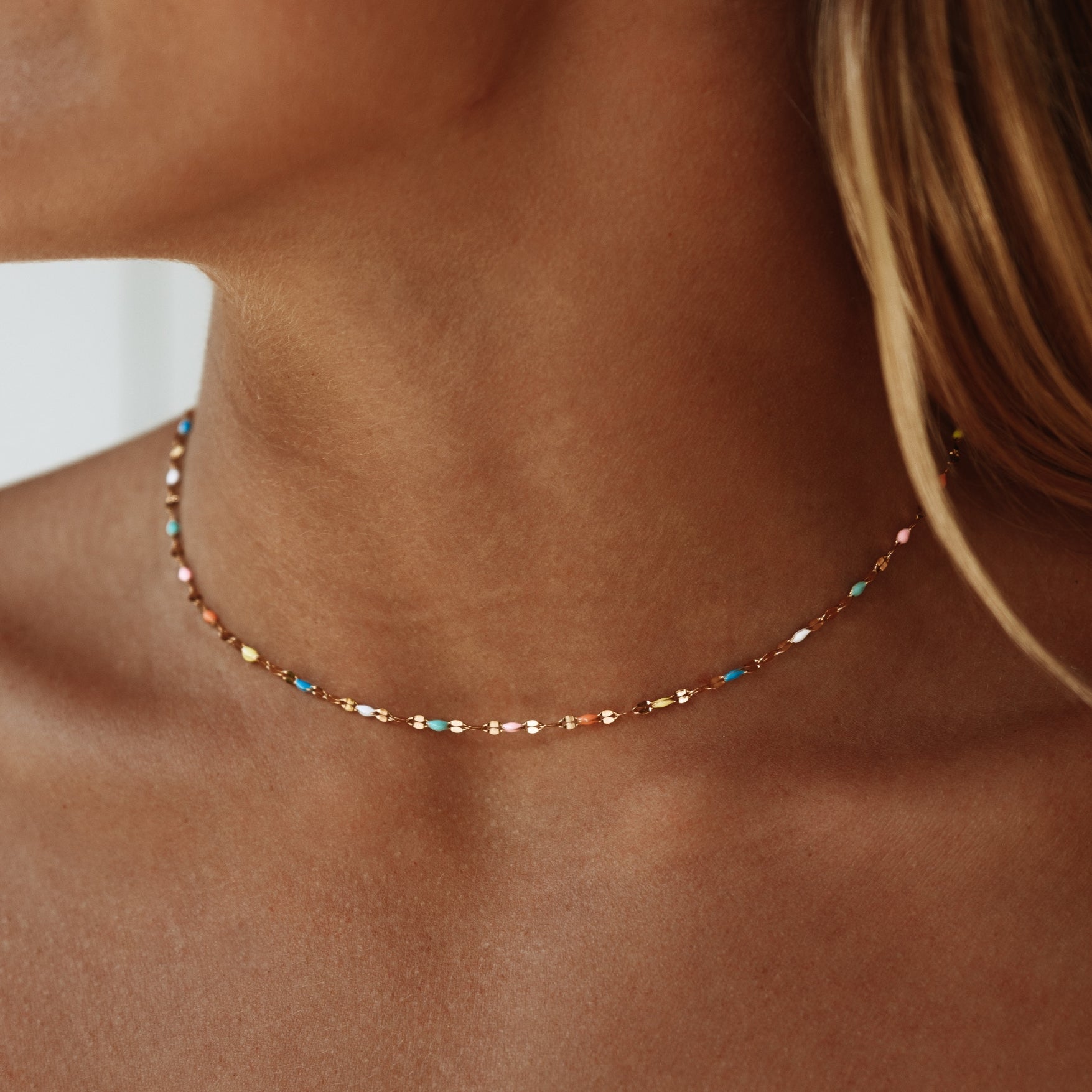


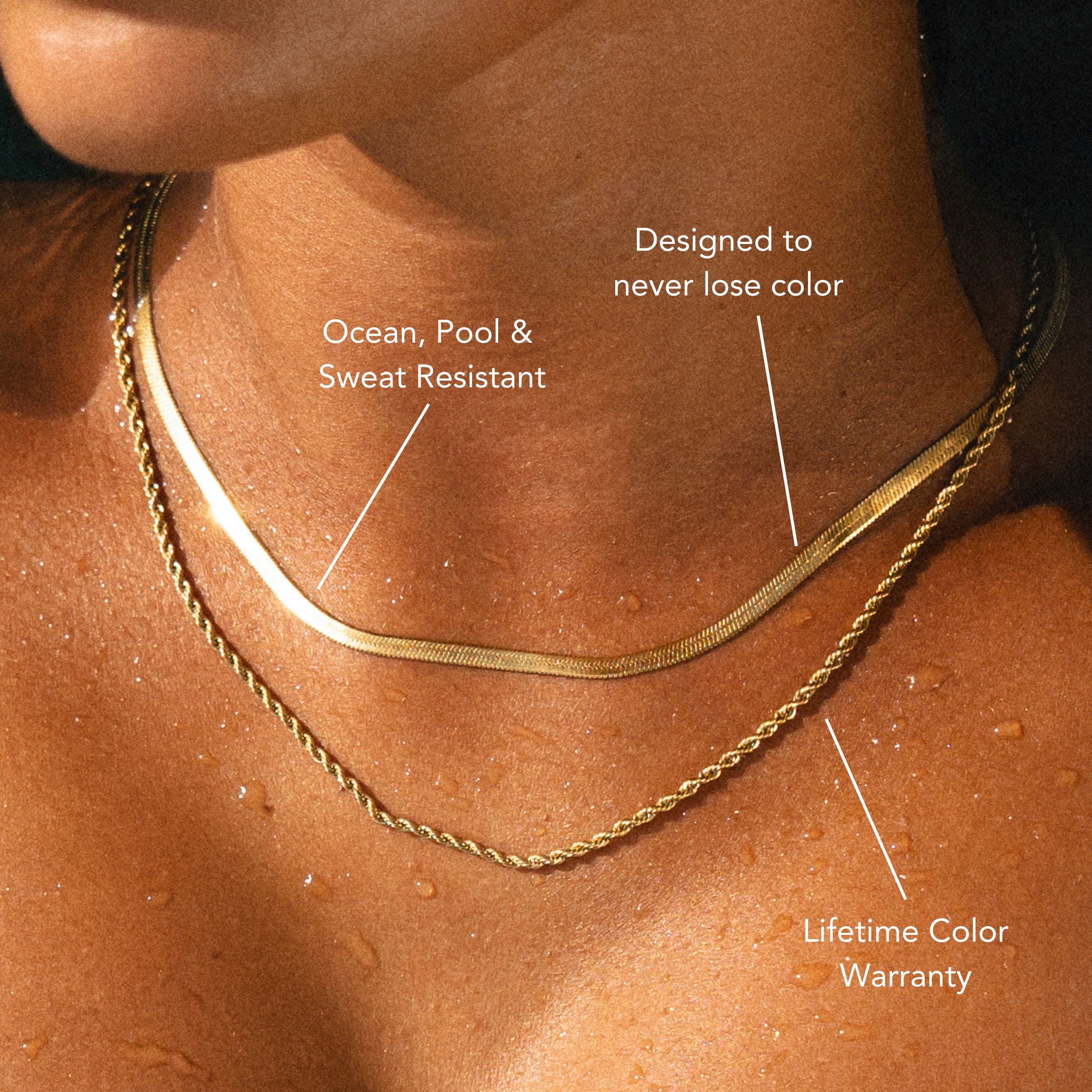
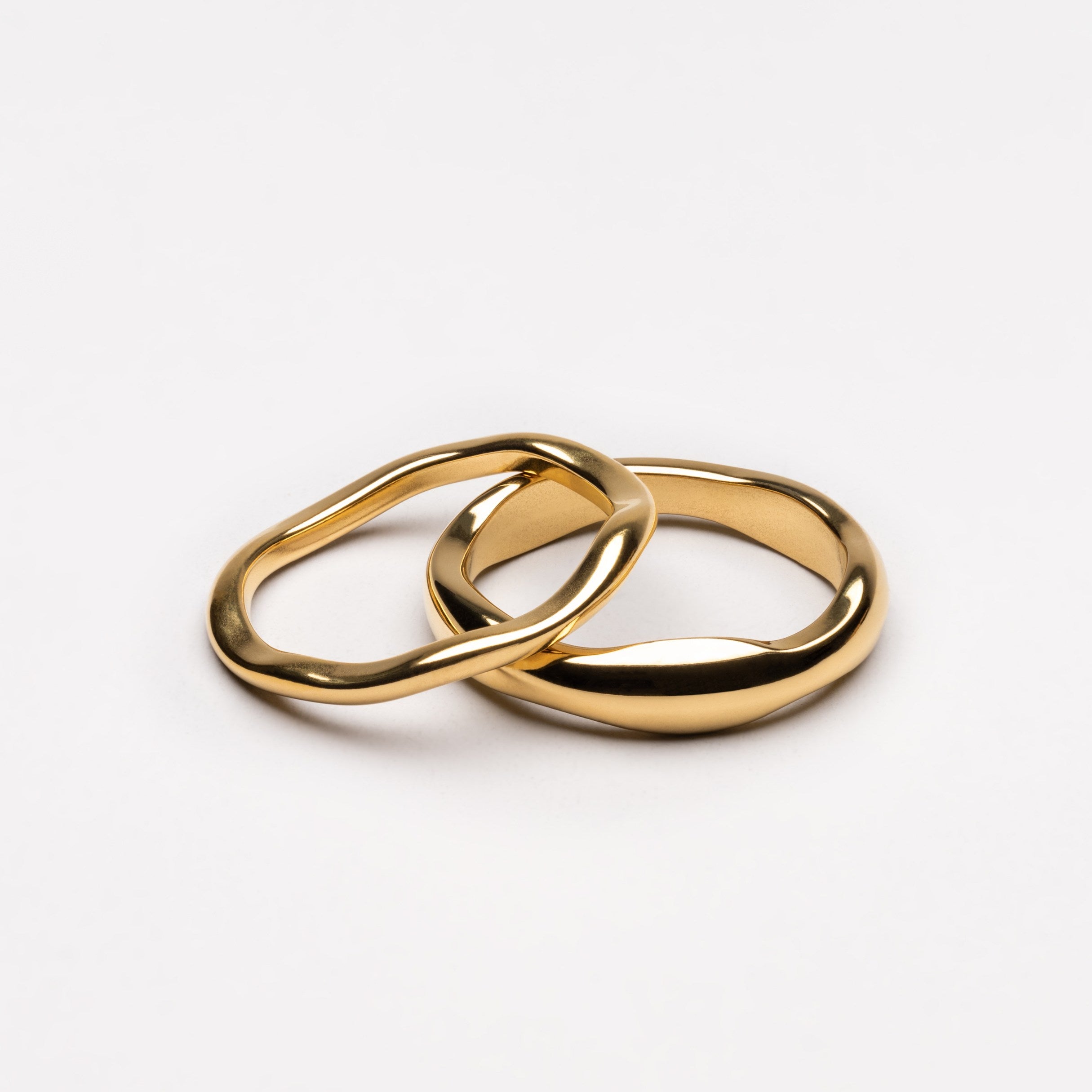


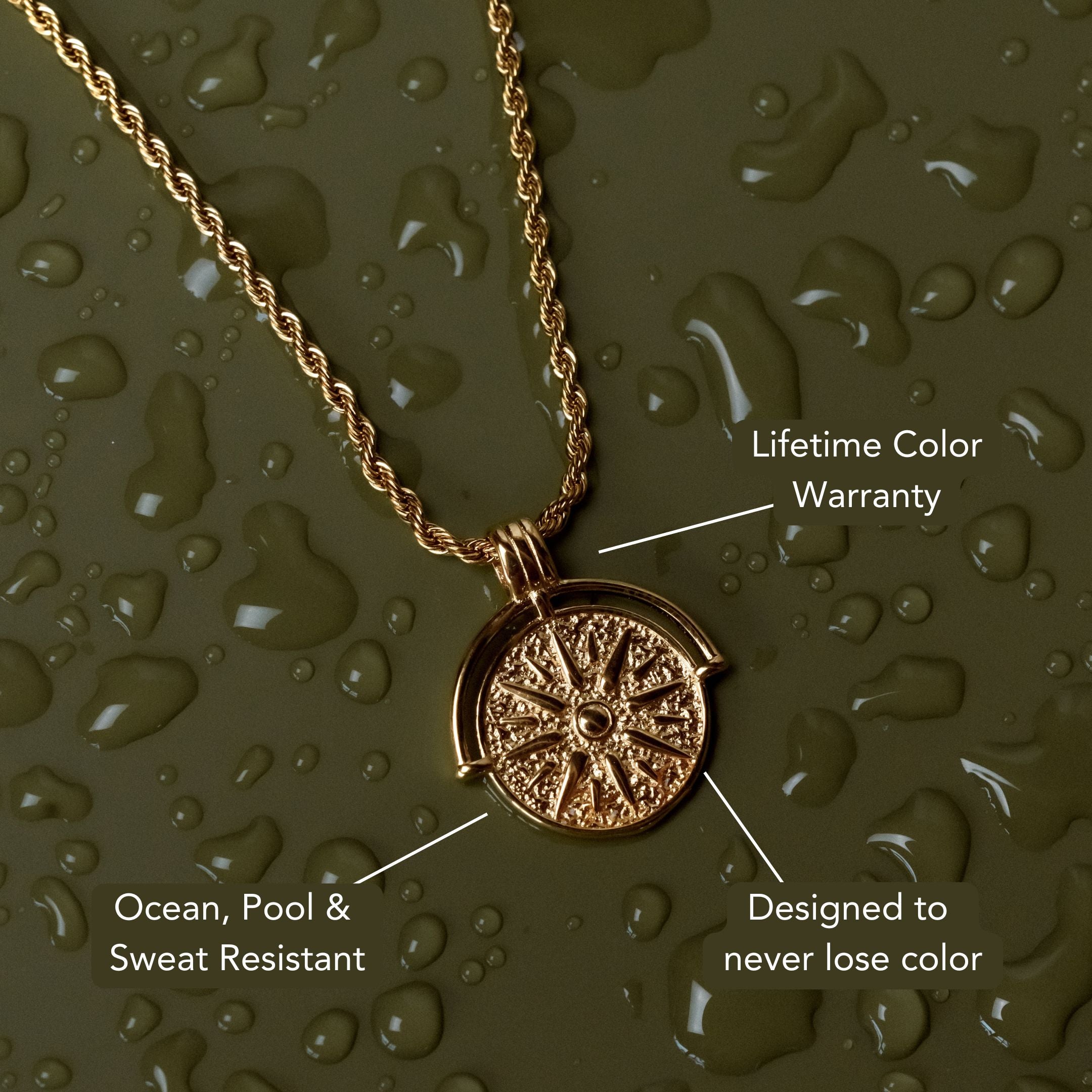
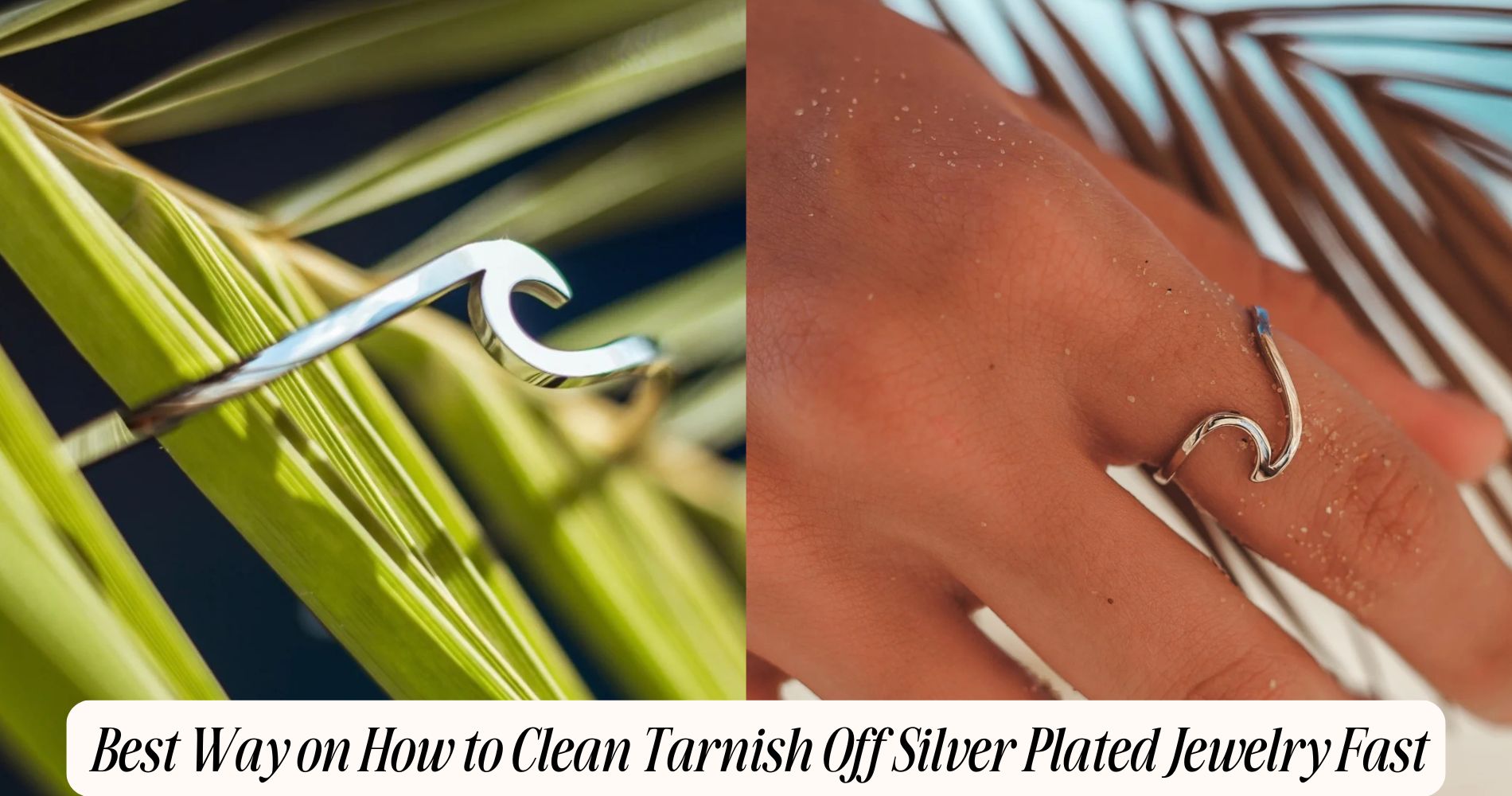





Leave a comment
This site is protected by hCaptcha and the hCaptcha Privacy Policy and Terms of Service apply.